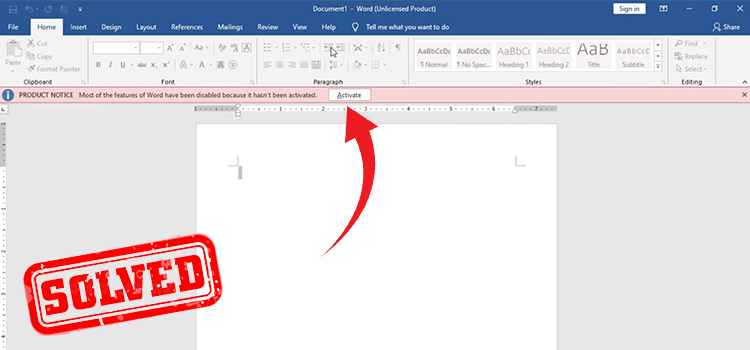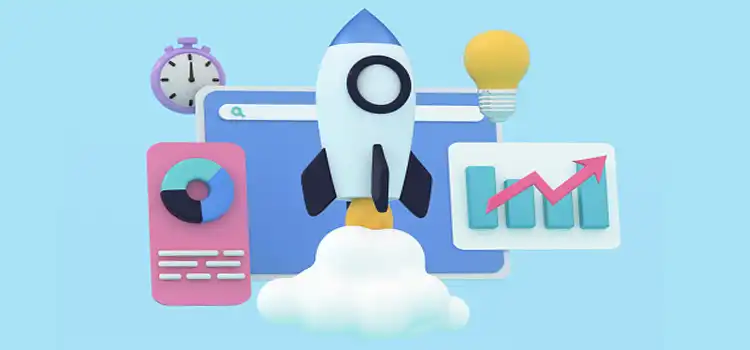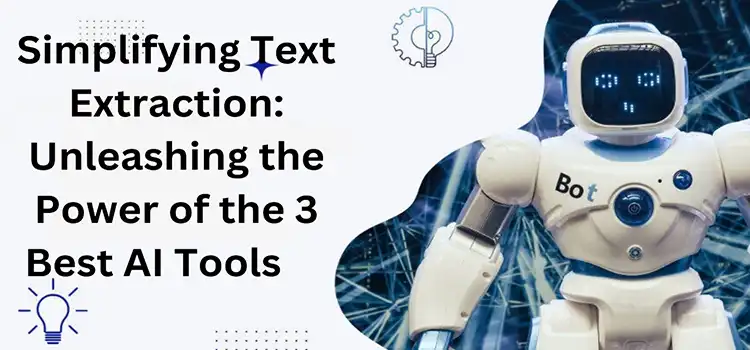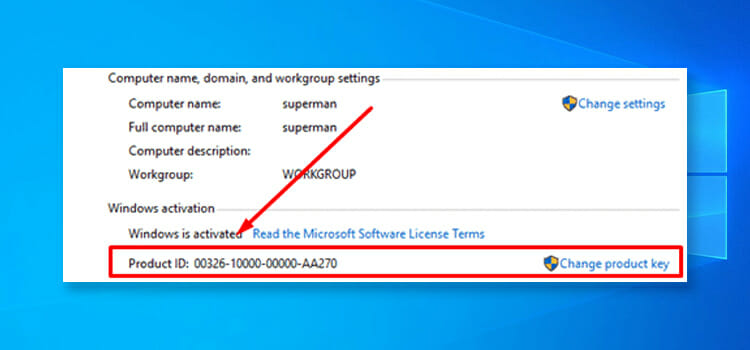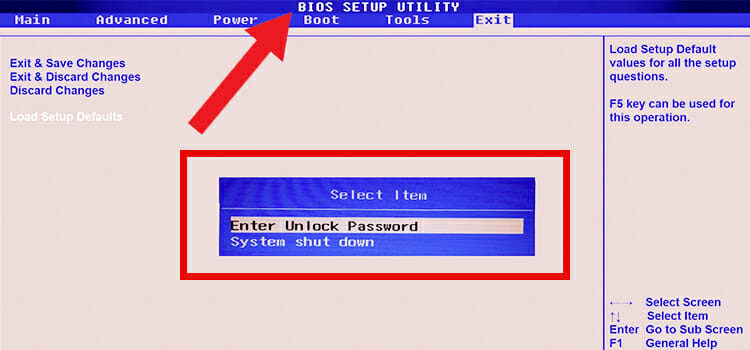overview of the public sector and its use of software
Undoubtedly, the public sector is one of the largest and most complex parts of the economy, which is under the control of the government. Though they are different from each other, transportation, education, healthcare, law enforcement, etc., are all a part of the same pie. But one thing you may find in all these areas is technology adaptation.
Governments usually tend to shy away from adopting such powers stating cost issues, despite having the funds and capability. But thanks to the pandemic, the offices are gradually starting to incorporate technology in their processes dominated by paperwork. In this article, you’ll be reading about public sector technology and how it’s revolutionizing the functioning of offices.

Importance of Software in the Public Sector
Softwares play a crucial role in improving government services:
- Data management: Large-scale data collection, analysis, and management are made more accessible.
- Enhanced citizen services: Service portals are made available to the public at all times for accessing information and making requests.
- Better transparency: Builds trust and accountability as all data is accessible by the public without hindrances.
- Improved cost savings: Increased automation and fewer paper works improves overall efficiency and reduce unwanted costs.
Types of Software Used in the Public Sector
Here are some of the types of public sector software used by governments all around the world:
1. Enterprise Resource Planning
ERP is a type of public sector technology used for managing the day-to-day operations of offices. Some tasks may include inventory management, financial management, and procuring human resources.
2. Geographic Information System
GIS is mainly employed to gather, analyze, store, and develop renders of geospatial data. This software is beneficial for making informed decisions for environmental or emergency response management and urban planning projects.
3. Business Intelligence
Public agencies use BI systems to collect, check and report information about financial data, agency performances, citizen reports, feedback, etc. Up-to-date records of these data will be helpful in better policymaking.
4. Customer Relationship Management
CRM is a popular software government offices use to manage client and customer requests like complaints, feedback, and inquiries.
Applications of Software in the Public Sector
The local government software made by internal IT often tends to be inoperable or slow. However, things have started to look positive. In 3 years, the application of software for the public sector is increasing at a high pace. The offices have now realized the benefit they can obtain by adapting to technology.
The financial transactions involved in the finance sector take place in billions. And it’s not ideal for tracking these on paper alone. Budgeting, accounting, reporting, and analysis have improved tremendously. Governments have also started improving their cyber security to protect public and private data. A data breach could result in substantial monetary and reputational loss.
Challenges and Opportunities in Public Sector Software Use
1. Challenges
(a) Budget limitations
Not getting adequate funds to develop or purchase and maintain the software.
(b) Cyber threats
Lack of proper data security is a huge challenge the offices face. Not having firewalls and encrypted servers will result in data leaks and hack attacks.
2. Opportunities
(a) Data Analytics
The incorporation of data analytics software can help reduce the cluttering of information. This will ensure such critical data will be used for better policy-making.
(b) Citizen services
Improving government websites and software will help the public access information without delay. Better services will also help to generate and increase revenue.
Examples of Successful Software Implementation in the Public Sector
National Health Services of the UK introduced e-health records that digitized all the forms of patients. This process helped them to provide better services and reduce administrative errors.
In America, the Internal Revenue Service adopted software that allows citizens to file taxes without paperwork. This automated tax filing reduces errors and makes the process more streamlined.
Future Directions for Public Sector Software Use
Considering the facts, the future seems to be optimistic in nature. We expect that the growth and improvement of public offices will start with the addition of cloud computing, AI, machine learning, and Open data among their functions.
In conclusion

People have been demanding software for the public sector for a long time. And thanks to that, the government is listening to its people. Even though there are several hurdles to cross, the hardship will provide benefits to both the citizens and the higher-ups.
What changes do you think the administration should bring in public software? Do share your thoughts, and connect with us on Twitter and LinkedIn!
- Importance of Software in the Public Sector
- Types of Software Used in the Public Sector
- Applications of Software in the Public Sector
- Challenges and Opportunities in Public Sector Software Use
- Examples of Successful Software Implementation in the Public Sector
- Future Directions for Public Sector Software Use
- In conclusion
Subscribe to our newsletter
& plug into
the world of technology
